API (Application Programming Interface) literally means application programming interface. API is the interface that allows external access to the capabilities within the allowed limits. Many companies provide the opportunities they offer to their users through APIs nowadays.
For an example, let’s take the “Log in with Google”, “Log in with Facebook” feature that we use frequently on a daily basis. When we pick one of the options above, the platform that we are trying to log in thanks to API goes to Google’s or Facebook’s servers and gets the needed information so that we can log in without typing anything. This example is just one of the conveniences that API offers us in our daily lives.
For another example, we can compare the API to waiters. When we go to a restaurant the waiters bring us menus that tell us the products available in the restaurant. Then we look through our options, pick something we like and we tell the waiter our orders to be prepared. Then the waiter reports our orders to the kitchen. After our orders are prepared according to our request the waiter delivers them to us. Like in the example before, APIs deliver the data it receives from the database to the platform we are using. We examine this data and indicate what we want to do. The API takes this process back to the database and ensures that the changes can be made by the end user without the need of the developer.
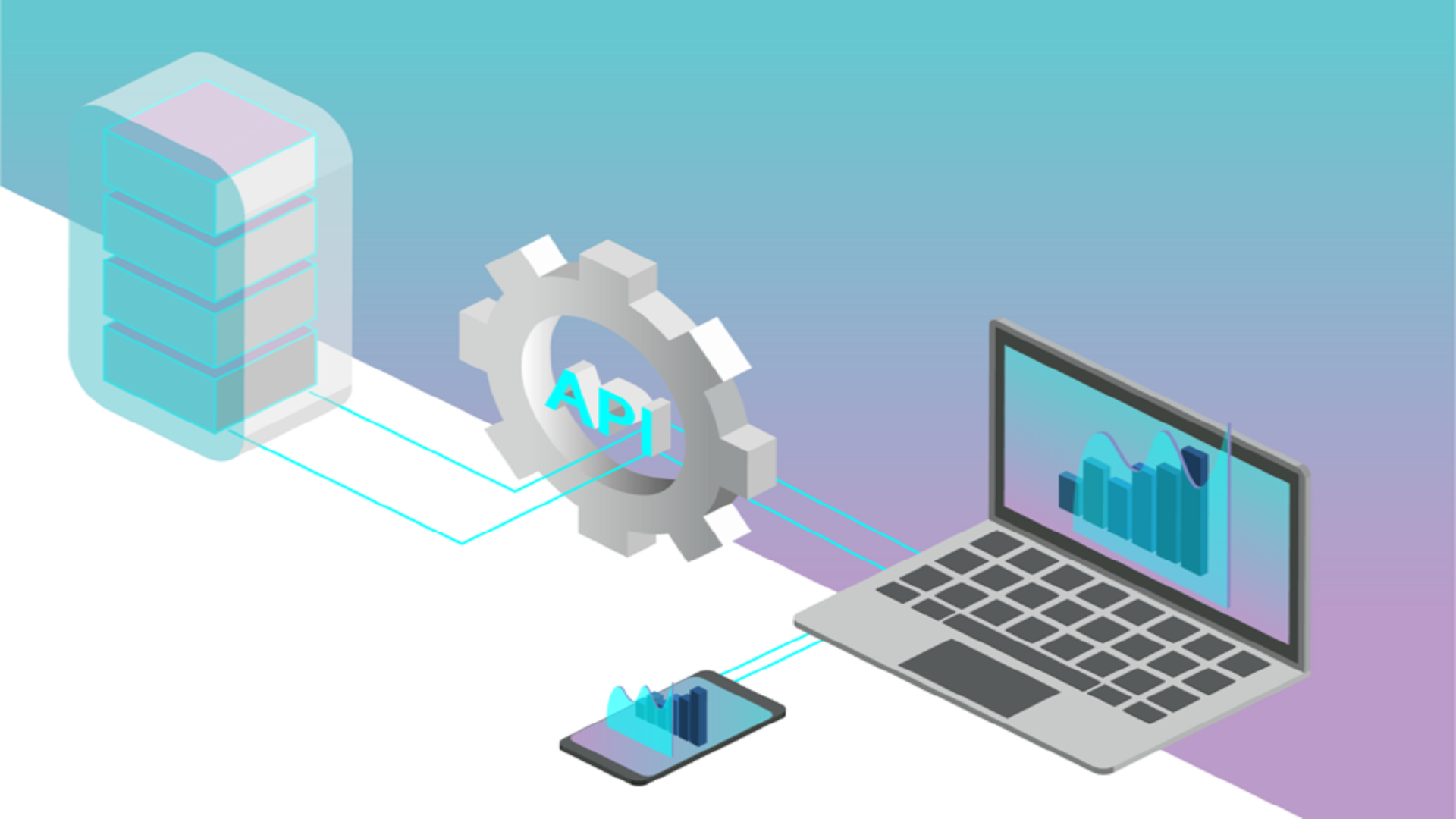
It is the type of API with minimal restrictions and open to public access.
It is the type of API that is hidden from external users and only allows internal users to use it.
It is the type of API that is used by people who collaborate strategically.
It is the type of API that combines multiple data or APIs so that it is easier for developers to access multiple endpoints.
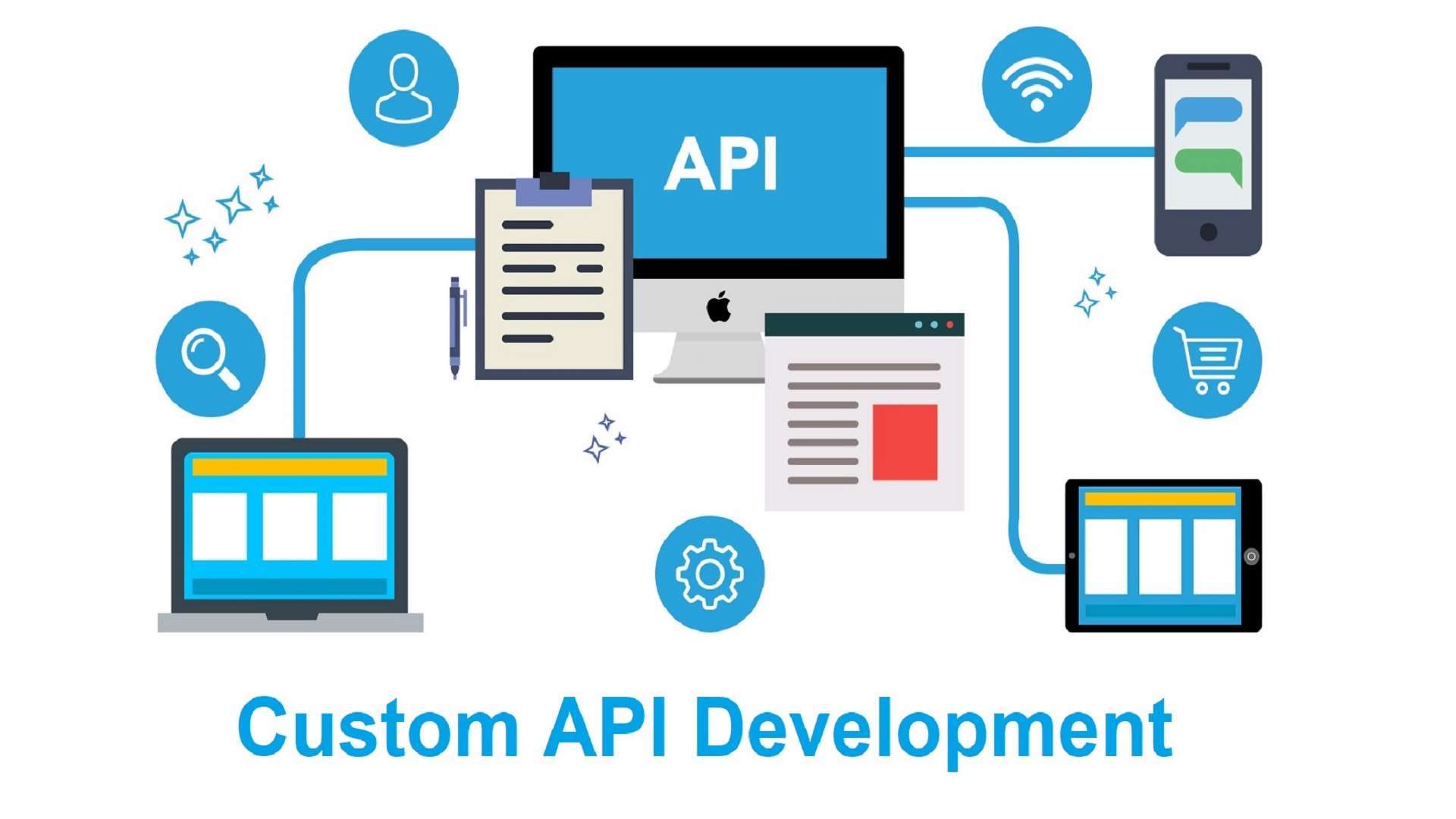
REST stands for “Representational State Transfer”, and this type of API provides fast and easy communication between client and the server. It is the most commonly used API type. This type works with HTTP and is faster than others because it receives and sends the minimum amount of data contents. It provides communication by carrying XML or JSON data. The web services that are up to REST standards are called “RESTful services”. REST applications use HTTP methods like GET, POST, DELETE and PUT.
SOAP stands for “Simple Object Access Protocol” and this type of API, via the internet transmits small amounts of information or messages. SOAP messages are in XML format and are usually sent using HTTP or sometimes TCP/IP. SOAP API enforces the use of XML.
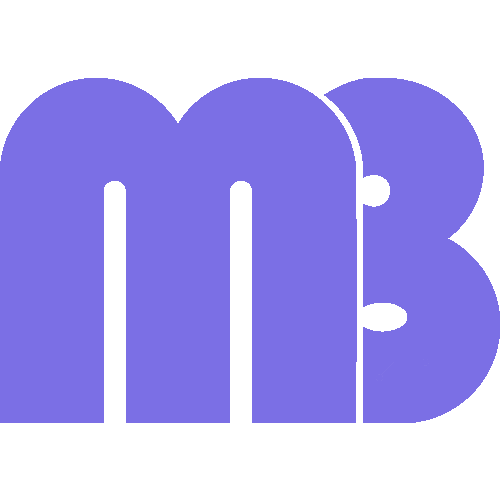

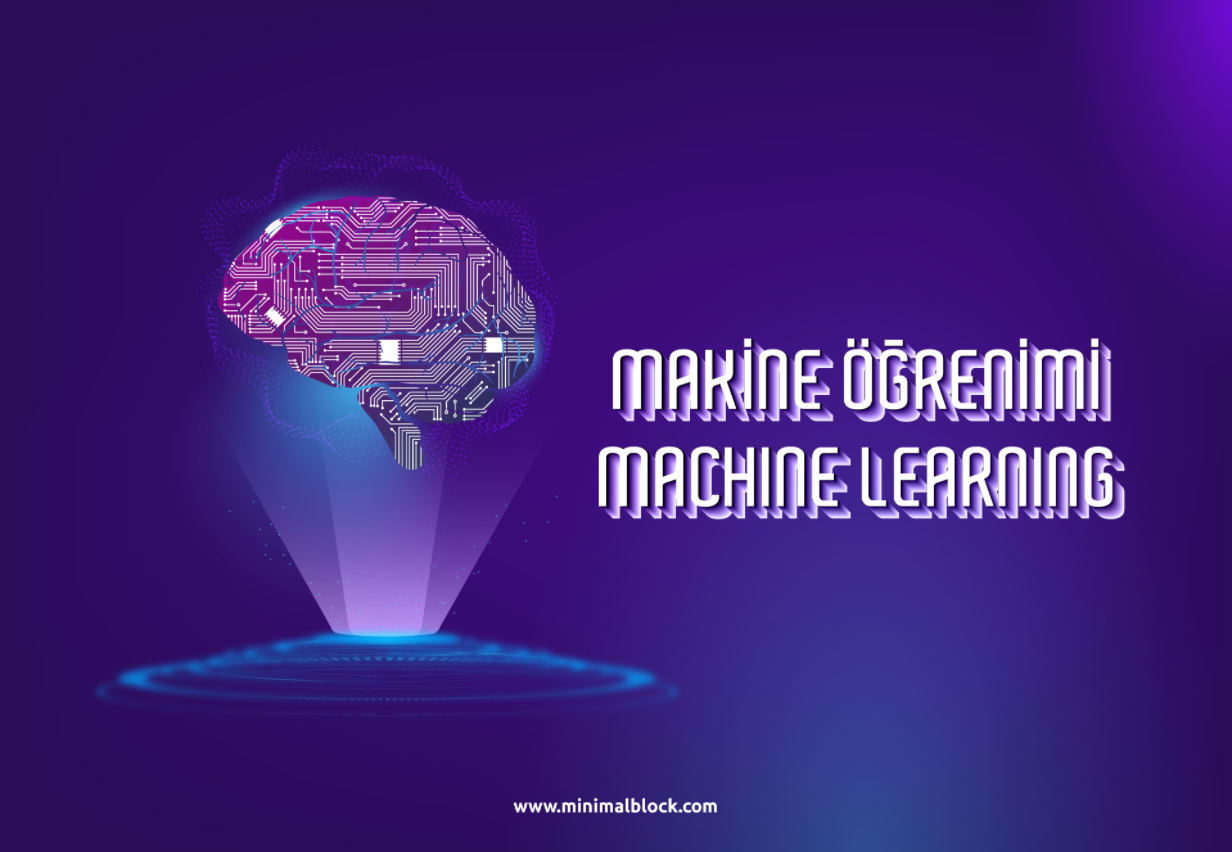







Yorumunu Bırak
Comments
0 CommentsHenüz yorum yapılmamış. İlk yorum yapan sen ol.